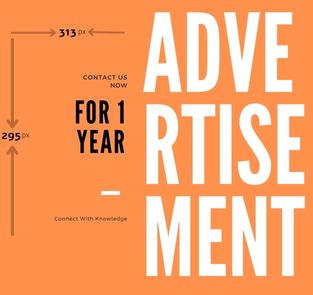Four successive repo rate hikes by the Reserve Bank of India (RBI) have pushed up interest rates on home loans to the pre-pandemic levels of June 2019.
Now, with interest rates at a three-year high of 8.1-9 per cent across categories, housing loans may be staring at a slowdown, after witnessing a 16.4 per cent rise in outstanding during the 12-month period ended August 2022. This has come on top of a 11.6 per cent growth in the year-ago period.
According to the RBI data, housing loan outstanding jumped by Rs 2.51 lakh crore to Rs 17.85 lakh crore in the 12-month period ended August 2022 — against a rise of Rs 1.85 lakh crore to Rs 15.34 lakh crore a year ago.
While the RBI has already hiked the repo rate by 190 basis points (bps) from 4 per cent in May 2020, when the pandemic roiled the country, to 5.90 per cent, experts point to indications that more hikes are in the offing, which would further hit the setcor. “Further aggressive rate hikes from hereon may dent economic revival and dampen customer sentiment (in the housing segment),” said Ravi Subramanian, MD & CEO, Shriram Housing Finance. HDFC had hiked the retail prime lending rate by 50 bps soon after the RBI decision last week, taking home loan rates upwards to 8.10-9 per cent across categories.
According to Samantak Das, chief economist and head of research & REIS, JLL India, the repo rate hike does not augur well for the real estate sector, especially the residential segment, as it will result in increased mortgage rates. Since April 2022, while the RBI has increased the repo rate by 190 bps, home loan rates moved up by an average of 80 bps and further hike is in the offing in the coming days.
Taking a cue from the previous transmission, home loan interest rates are expected to go up in the range of 25-30 bps, JLL said. However, the interest rate after this hike would be still below what homebuyers had to pay 8-9 years ago — more than 10 per cent. It is likely that banks might also delay the transmission, taking into account higher housing demand during the festive season.
“However, if inflation remains at elevated levels, forcing the RBI to aggressively increase interest rates, there might be some turbulence in the market,” said Anuj Puri, chairman, Anarock group.
“Anarock’s most recent Consumer Sentiment Survey finds that high inflation has majorly impacted the disposable incomes of at least 61 per cent of respondents. The survey also found that housing sales may be impacted to some extent if home loan interest rates breach the 9.5 per cent mark,” he said.
Sales of residential units have increased more than two-fold during the first half of 2022, over the same period last year, and this growth trajectory has remained during the July-September quarter. “With the last week’s hike in repo rate, the revised home loan EMI would increase by an average of 8-9 per cent as compared to six months back. The continuous rise in home loan EMI is, hence, expected to act as a sentiment disruptor. We believe that home loan interest rates inching towards 9 per cent and above may result in moderation of housing sales growth in the medium term, especially post the current festive season,” Das said.
The sharp decline in interest rates was a key reason for the massive housing demand surge in the past two years. Also, the pandemic reinstated the importance of owning physical assets like real estate. This time around, the demand revival even included the previously rent-favouring millennials, who continue to be in the market for homes, Puri said.
The RBI had cut interest rates from 5.15 per cent, when the pandemic hit, to as low as 4 per cent. Since May this year, the financial system has witnessed interest rates on an upward climb again.
Banks and housing finance firms are now pinning their hopes on the festive season, when developers usually roll out various offers. This is the time, experts feel, homebuyers will zero in on those that directly help contain their overall transaction costs. The experts also foresee fixed interest rate guarantee plans announced this year.





